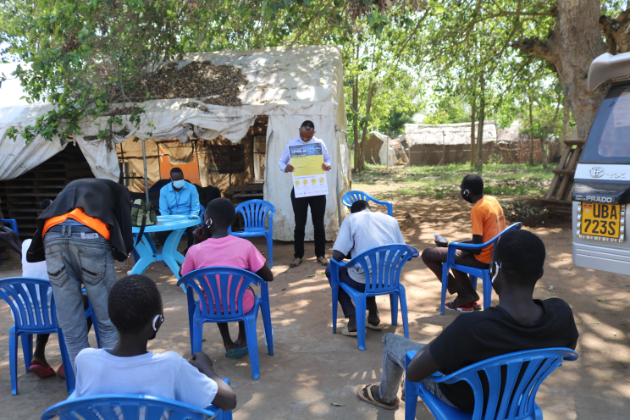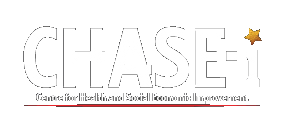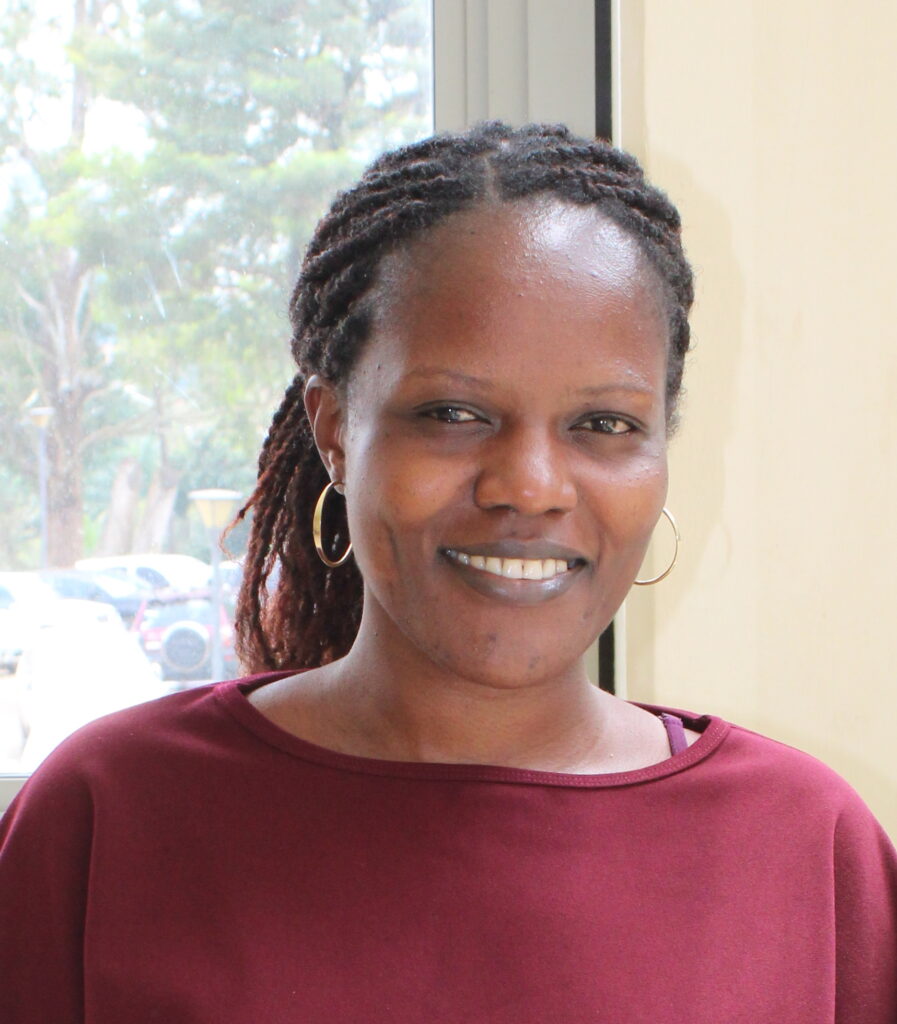COVID-19: The myths, beliefs and falsehoods in Kampala slums.
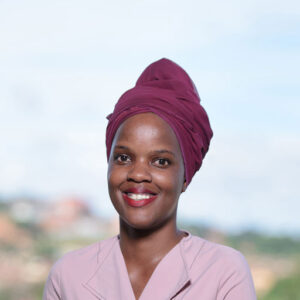
Hilda Namakula
- January 25, 2021
Given the infectious nature of COVID-19, the need to understand prevailing myths, beliefs and falsehoods is so vital in efforts to combat the virus. Some questions require answers: for example, who do people think are most at risk? What are community perspectives on factors that facilitate the spread of the virus? What about perceived inhibitors? How scientifically acceptable are these perceptions? Are the perceived facilitators or inhibitors correct or misperceived? Do people own the responsibility to fight the virus or externalize it? The answers to the above questions are of paramount importance to curb the pandemic by enhancing the probability of people’s adherence to existing precautions and guidelines.
Funded by the Government of Uganda, through Makerere Research and Innovations Fund (MakRIF), The ALERTs Study assessed Adherence, Lived Experiences and Resilient Transformation the urban slum communities of Ki-Mombasa Bwaise and Kabalagala-Kataba.
The ALERTs study found plenty of myths, beliefs and falsehoods within these communities. One of this was the perception that Africans have a blood type that is resistant to COVID-19. [Community] proponents of this idea believed that the disease is for “weak” races and in this regard, they considered Caucasians to have weak immunity – which explains why they got hit so hard by corona virus. This kind of thinking was mainly represented among the young generation. Other community members believe that the virus was engineered as an economic war in the developed world; while others believed it was a sign of the devil, end times and very soon all the biblical prophecies would come to pass – like the Antichrist and making people wear microchips in their skin in order to transact or live in the devil’s world. Young people assured us [the study team] they are very disease-resistant and the virus doesn’t have a chance – they can never contract the disease. This perception seems to be prevalent among the youth, not just those in Kampala slums; because several cases have been reported of youth and children dying in countries like Brazil and Italy.
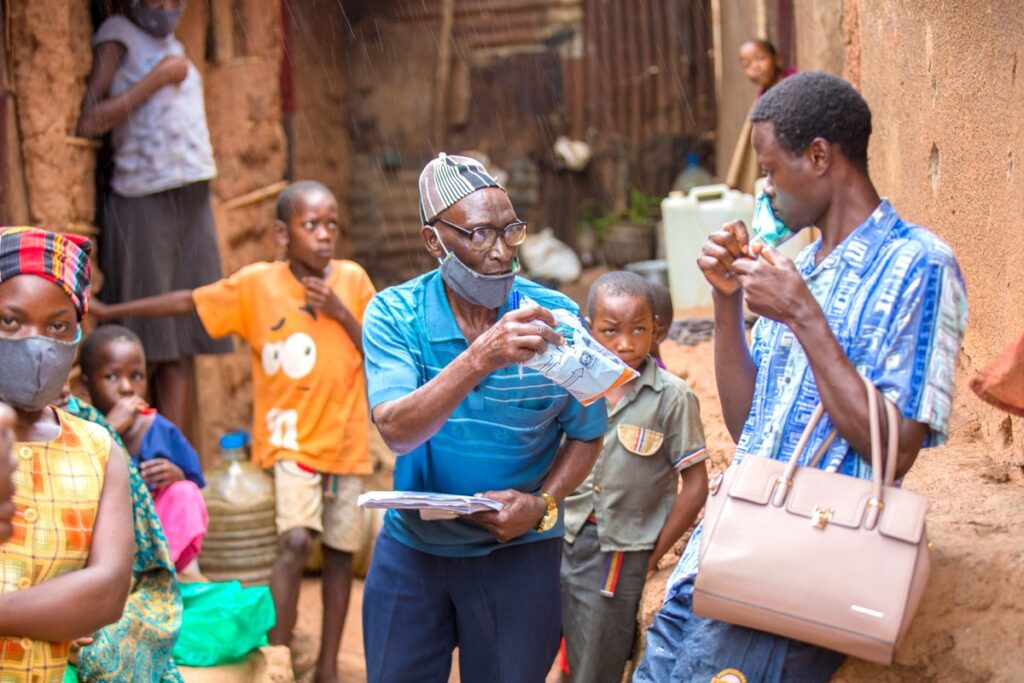
Another myth we found was that continuous intake of alcohol prevents the contraction of the corona virus; and that applying alcohol as lotion on the face renders the wearing of the mask useless. To the slum community, this perception is informed by having alcohol as the main content in sanitizers; so, they believed that if one applies alcohol forehand even when they get near someone with COVID 19 the germs will die out once the droplets land on their “alcohol protected” faces. There is also the strong belief that ghetto is a unique setting where things like social or physical distancing will never work. Further, they had survived many disease outbreaks like cholera and so COVID-19 will come to pass – it is just like any other flu or cold.
Some of these myths, beliefs and falsehoods were fueled by information received from the media, especially social media where everyone is free to share or post anything without disclaimers or regulation. Some of these misperceptions resulted partly from leaders not “walking the talk”; for example, the way politicians conducted rallies without any social distancing and the behaviour of law enforcement (police) during the lockdown. The multiple message centres on COVID including information from police, VHTs, community leaders, politician and NGOs operating in slums just confused people more who didn’t know who to believe or follow. And so they decided to believe the things many of them believed – that COVID is not real but a political ploy; that taking alcohol and drugs protects one from COVID-19; that COVID-19 is a war between America and China; that sunbathing and exercise protects from COVID-19; and that witchdoctors and herbalists can treat COVID.
These beliefs cut across different sociodemographic categories like gender and age – majority of the slum community believes the same thing, and many of them live severely constrained lives on many fronts. However, it was very clear that young people are perhaps among the most affected in terms of lacking accurate information and livelihood options in this era of COVID. With this abundance of both risk and falsehoods around it, what should be done? First, considering young population as being at low risk of COVID-19 would be challenging to the control efforts and needs special attention. Risk communication and community engagement efforts should consider regional and slum variations of myths and false assurances. It should also fully understand information needs, design local initiatives that enhance community ownership of the control of the virus, and thereby support engagement in standard precautionary measures. All forms of media should be properly used and regulated to disseminate credible information while filtering out myths and falsehoods.
About the Author
Hilda is a researcher on numerous COVID 19 studies and Co-investigator on the ALERTs study. She can be reached on hnamakula@chasei.org

